Hey Friends, welcome to another “Sunday with Sarah.”
Today, I’m here to talk to you about losing teeth! I’ll discuss the developmental milestone it signifies when children start losing their baby teeth, I’m going to talk about the tooth fairy and whether we are “lying” when we tell our children there is a tooth fairy, and more practically, to share ideas with you on how to celebrate each lost tooth with some creative Tooth Fairy ideas from a Waldorf perspective.
If we haven’t met before, I’m Sarah Baldwin and I’m the president of Bella Luna Toys. I’m also a trained and experienced Waldorf early childhood teacher, author, and the mother of two grown Waldorf graduates.
If you happen to be the parent of a young child at a Waldorf school, you may have heard teachers talking about the “change of teeth,” and may have wondered why there’s such a focus on teeth. One reason is that Rudolf Steiner, the founder of Waldorf education, indicated that the change of teeth – that is losing one’s baby teeth and having the adult teeth emerge – is a marker of the transition from the first seven-year cycle of childhood (the early childhood years) into the second cycle (the grade school years).
When assessing a child’s readiness for first grade, one thing Waldorf teachers look for is whether the child has started losing teeth. According to Steiner, it is an indication that the energy, or life force, that has been used in the early years forming the child’s physical body, is now being freed up to begin more academic and cognitive learning. Children lose their first tooth on average around the age of six, but this can vary in either direction by as much as a year.
I’m sure that you all have memories of discovering your first wiggly tooth and the excitement that accompanied that special day when you held your first lost tooth in your hand. And I’m guessing that most of you put your tooth under your pillow for the tooth fairy! While I think most parents choose to carry on the tooth fairy tradition with their own children, some parents question this practice and worry that they are “lying” to their children, and not being honest.
Well, I’m here today to tell you that you aren't lying. Young children live in a world of magic and make-believe, and by introducing the tradition of the tooth fairy, you are entering a child’s world of make-believe and their need to believe in magic. Under the age of seven, it’s common for children to have imaginary friends, and, as you know, fairy tales have captured the imaginations of children for centuries. Indeed, many experts believe that it is actually healthy for children to engage in the world of make-believe. Children have a need to believe in magic. One reason that the Harry Potter books became such a huge hit was because they met children’s need to believe in magic, after several decades in which children’s literature was more reality and scientifically based and void of much magic.
Now, think back to your own childhood. Do you have fond memories of visits from Santa Claus, the Easter Bunny, or the Tooth Fairy? Chances are that you do, even though you now know who really put those gifts in your stocking, or in your basket, or under your pillow. Chances are that you still have a warm spot in your heart for these traditions and want to share those same traditions with your own children, and that is wonderful! So, are we lying?
Well, I firmly believe that the Easter Bunny, Santa Claus, St. Nicholas, and the Tooth Fairy are real — truer than true, as I used to say to my children. The universal truth behind such “imaginary” figures is the spirit of love, of generosity and giving. This spirit is indeed alive and truer than true. It’s important to understand that the magic in fairy tales is deeply symbolic of spiritual truths. For instance, in the Grimm’s fairy tales, good always overcomes evil — the pure of heart are always rewarded and evil-doers are punished. The magic in these stories may be imaginary, but the deeper symbolism behind the stories are “truer than true.”
So, now that you know that it’s okay for a child to believe in the tooth fairy, I’m going to give you some creative ideas on making visits from the tooth fairy more magical!
Creative Tooth Fairy Ideas
We know now that children need to believe in magic and that the tooth fairy is from a magical world. So, how can we make the experience of the tooth fairy more magical for a child?
We all know that the common tradition is for children to put their lost tooth under their pillow at bedtime and to wake up to find a shiny coin or crisp bill under their pillow. But think about it . . . does cash seem very fairy-like to you? Ask yourself “What are the qualities of a fairy? What kind of magical gift would a real fairy give?”
I would like to suggest that a small gift from nature, or a small handmade item is much more magical than money. A gift from the tooth fairy could be a crystal or semi-precious stone, a seashell, a handcrafted gnome or tiny handmade doll, a little wooden animal or perhaps a little bracelet made of beads. A beautiful, small natural token makes a more meaningful gift for a child than a big expensive toy or cash would. Think about it. At the age of six, most children haven’t even learned yet about currency, fractions or the value of a dollar. A child is more likely to treasure his first gift from the tooth fairy and keep it for years – maybe until adulthood – long after the cash has been spent on who-remembers-what.
And here’s another idea. Having a special tooth fairy box or pouch allows a child to keep their tooth safe and secure under their pillow. This little wooden tooth fairy box from Bella Luna Toys is perfect. It will hold the child’s tooth and is big enough for the tooth fairy to put a small treasure inside, like the ones discussed. It can be kept in a safe place and brought out every time a child loses another tooth. It can become part of your family’s tooth fairy tradition.
Create A Special Tooth Fairy Book
Another idea is a bit more of a commitment, but one that I practiced with my own two children. It might sound daunting at first, but trust me, it can be a truly magical tradition for both parent and child. You can start a tooth fairy book with a new poem and drawing left for the child by the tooth fairy for each each lost tooth.
As I was preparing for this video, I looked all over my house for the tooth fairy books I created for my kids to show you, but learned that they are with my kids who are grown now and out-of-state. Not having time to wait for them in the mail, I worked this week on re-creating the first page of my son Harper’s tooth fairy book.
The way it works is this. Find a small and pretty decorative book with blank pages from a stationery or gift shop. I found this one from Djeco, a company whose children’s products are made in France. On one side the “tooth fairy” would leave a drawing made with colored pencil, and on the opposite side was a poem she had written. I happen to remember the first poem I wrote in Harper’s book. Here it is:
"Hip hip hooray Hip hip hooray Harper lost his first tooth today All the fairies in fairy land are dancing with joy That blue-eyed baby is now a big strong boy!"
Now, I can just hear some of you saying, “But I’m not creative!” “I can’t draw to save my life!” “I could never write a poem!” As a young mother, these are lies I told myself! But when this tradition was first suggested to me, it sounded so special and magical that I was inspired to try.
Finding rhymes and writing a simple little poem isn’t as hard as you think. With practice it gets easier. One tip is to write your tooth fairy poems in advance. When Harper lost his second tooth, it was about 11 p.m. and the tooth fairy was TIRED! Her creative juices weren’t flowing. She did get a poem written, but learned after that experience to plan ahead.
If you think you can’t draw, I’m right there with you. I’ll let you in on a little secret. I don’t think I’m much of an artist, but I am a good COPY-CAT. For my kids’ tooth fairy books, I used illustrations from picture books as inspiration. For this re-creation, I searched Google Images for “fairy illustration” and chose something that I thought I could re-create with colored pencils. I simplified the original. But just like writing verses, the more you practice drawing, the better you will get and you will get to a point where you no longer feel like you have to copy someone else’s art work.
You could practice drawing ahead of time, between lost teeth, in a separate notebook with colored pencils. Your drawings could be simple; flowers, a mushroom, a tree, a butterfly, or a moon and stars. The point is, no matter how simple and rudimentary, a handmade gift from your hands and your heart is so special for your child. They are not critical. Starting or maintaining a creative practice is wonderful for one’s self-development. It’s calming, satisfying, and nourishing to the soul. You could, instead of watching TV or a movie, take some regular time in the evenings when the kids are asleep to exercise your creative muscles by writing poems in advance and practicing drawing.
So the tooth fairy tradition in our family was this: The lost tooth was carefully placed in the tooth fairy box, and the box and the tooth fairy book were placed under the child’s pillow. When the child was fast asleep, the tooth fairy came, took the tooth and left in its place a small treasure, like a crystal, and left a new poem and drawing in the book.
Think back to your childhood. Which would make a more lasting memory, a little treasure and a poem, or a coin? While it takes a little more planning, I think you and your children will find the effort worth it.
A Final Tip
Collect tooth fairy treasures in advance and keep them well hidden until the time comes. Don’t be left scrambling to find something at 11 p.m. like the tooth fairy in our house once did!
Well, I hope that gives you some reassurance that keeping magic alive, however you choose to do it, is not only good for kids. It’s good for everybody.
So, thank you so much for tuning in today. I really appreciate the time you took to watch this video.
If you have a comment or question for me, please post it in the comments below. I do my best to respond to every comment. I may even answer your question in a future video!
Thanks again and see you next month!


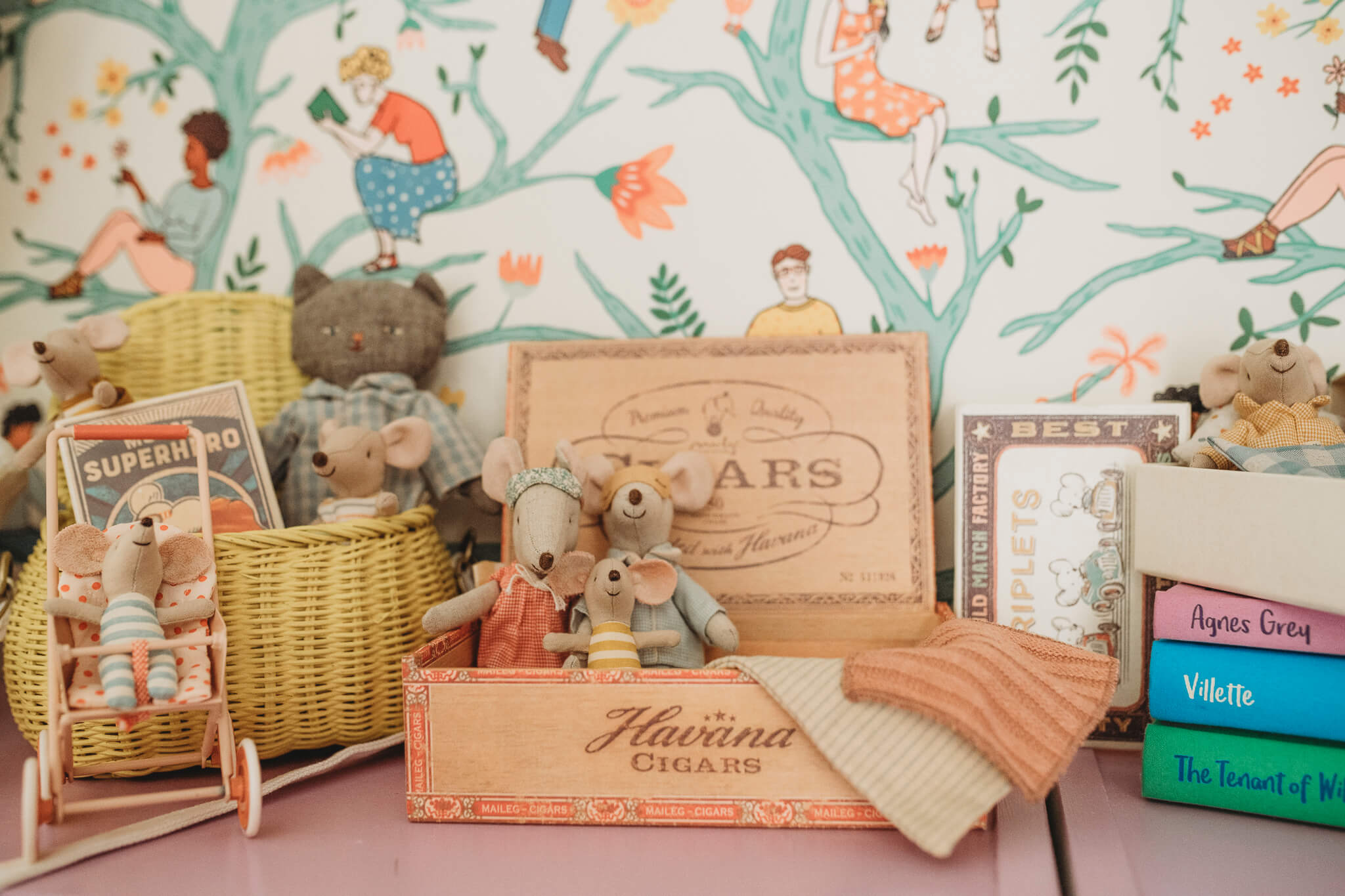
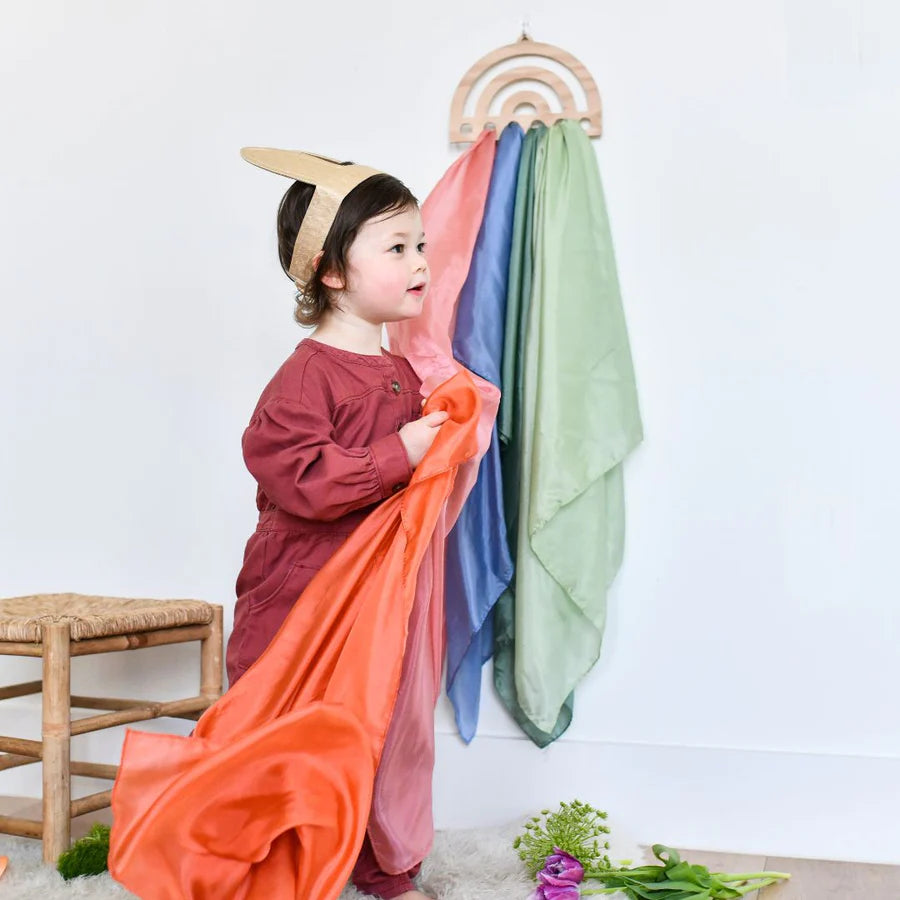
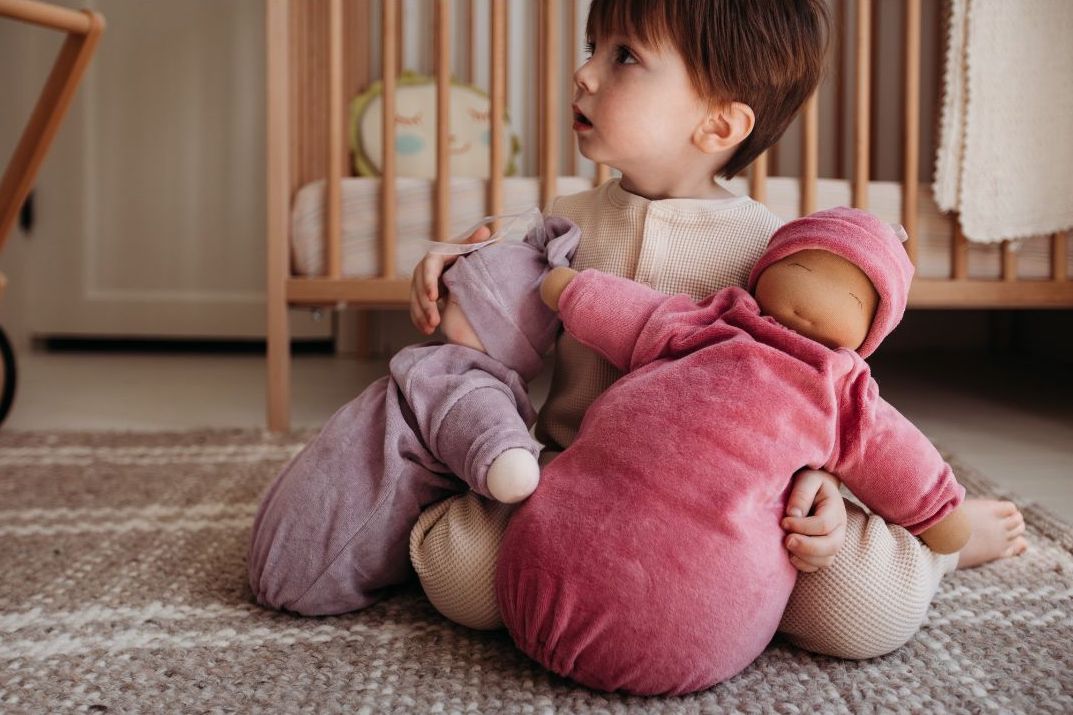
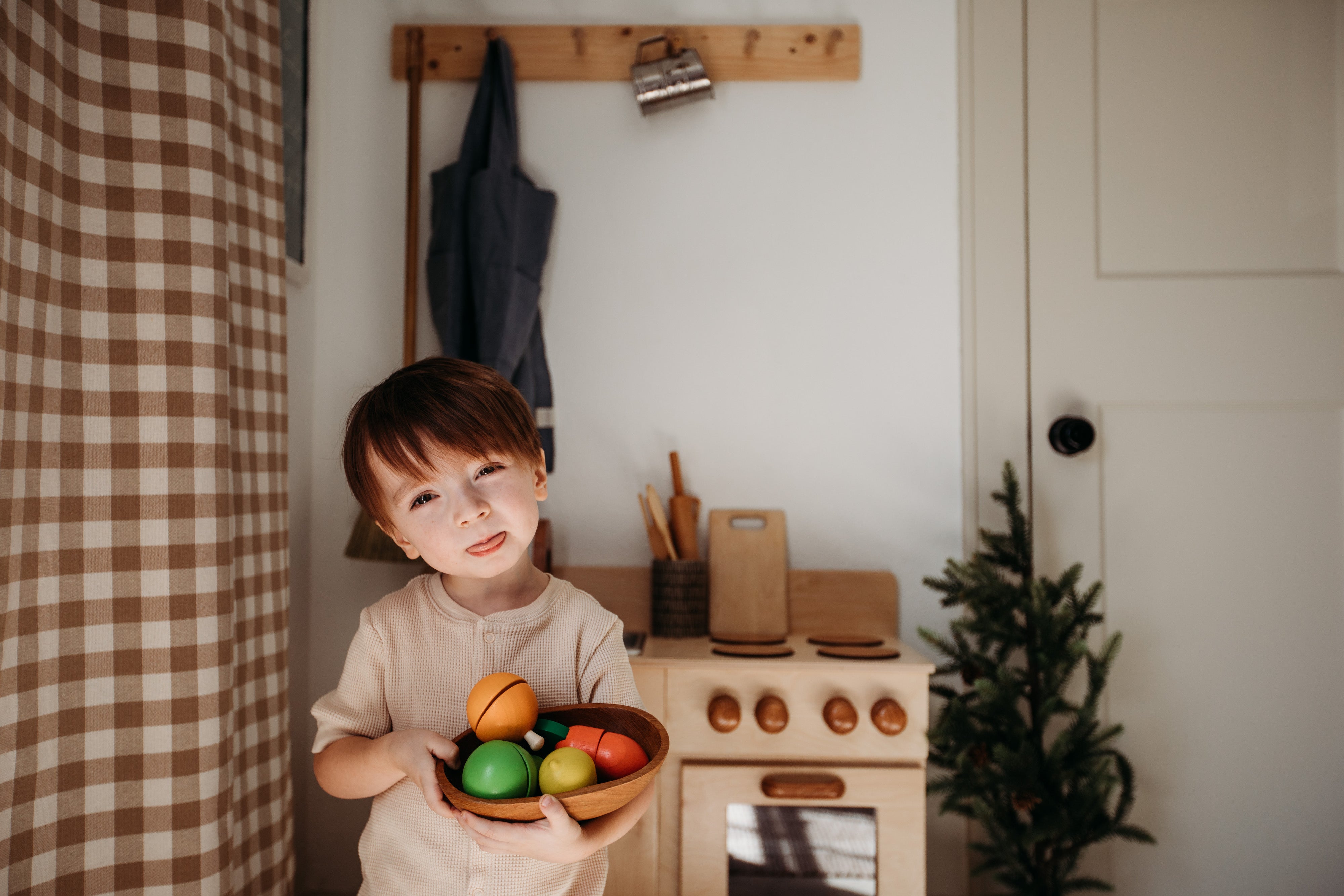

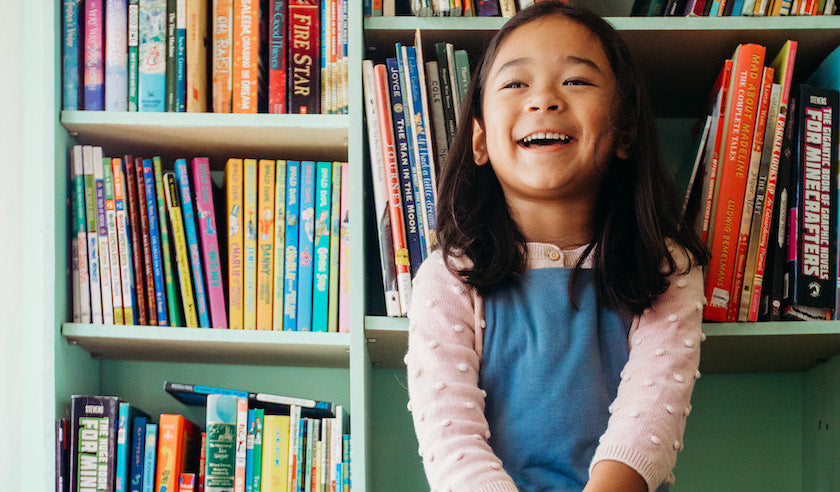
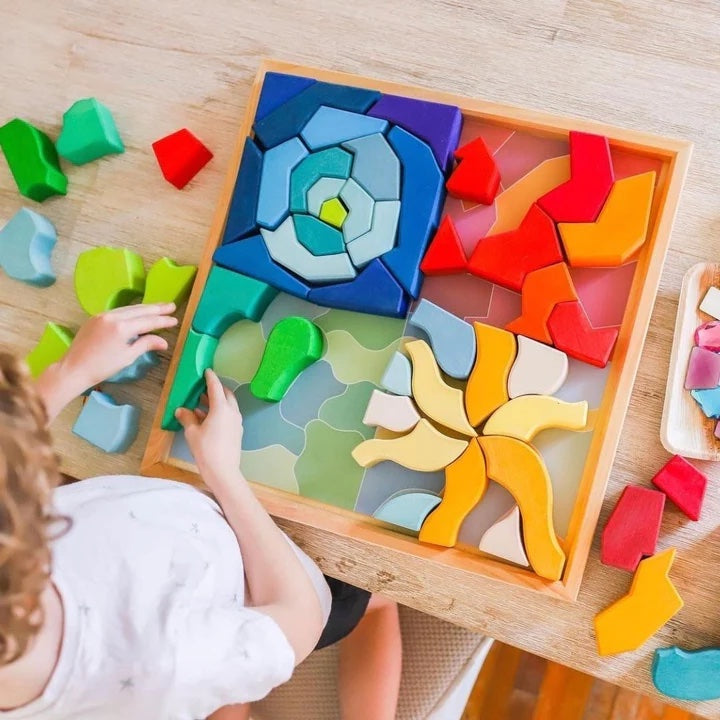
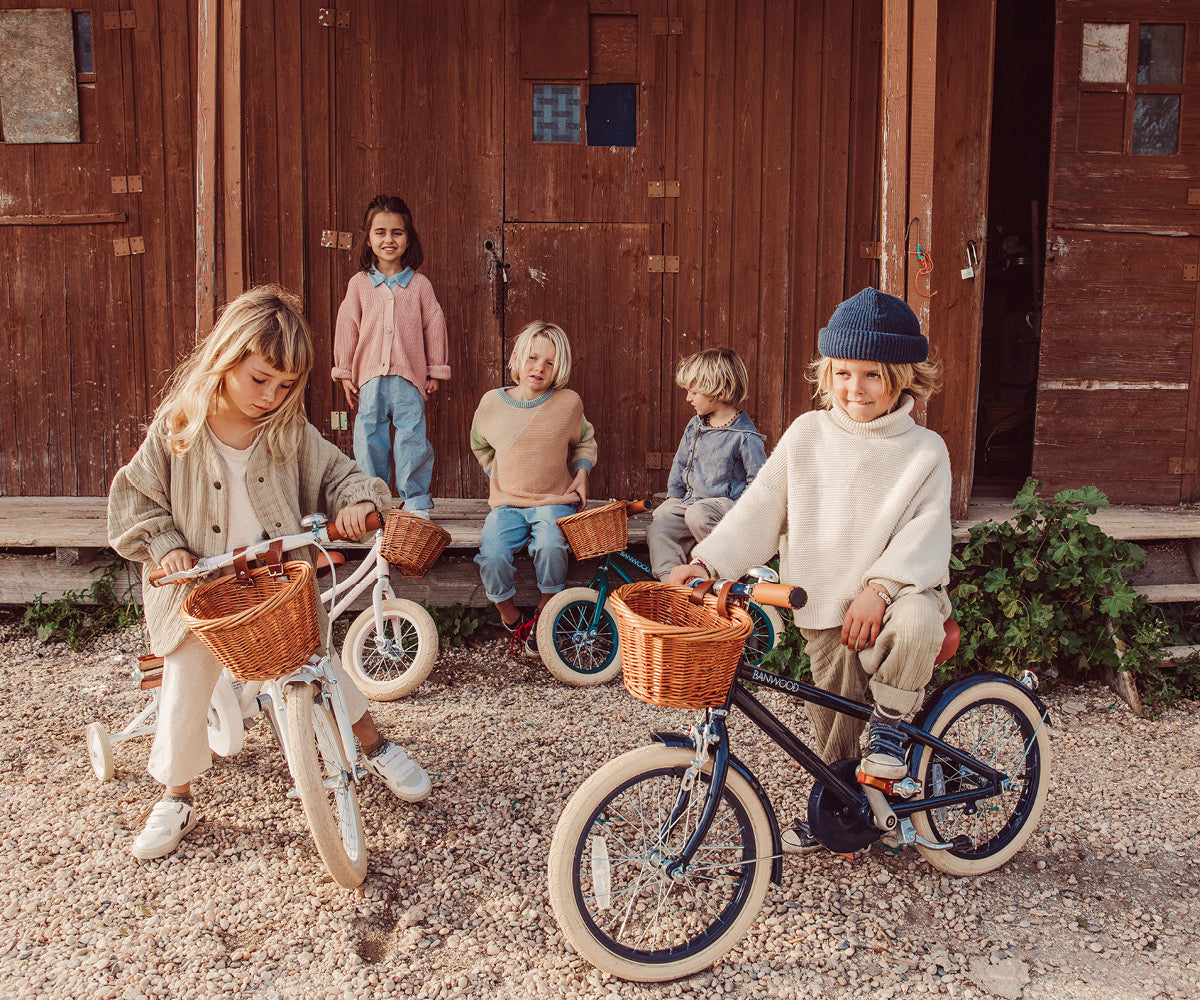
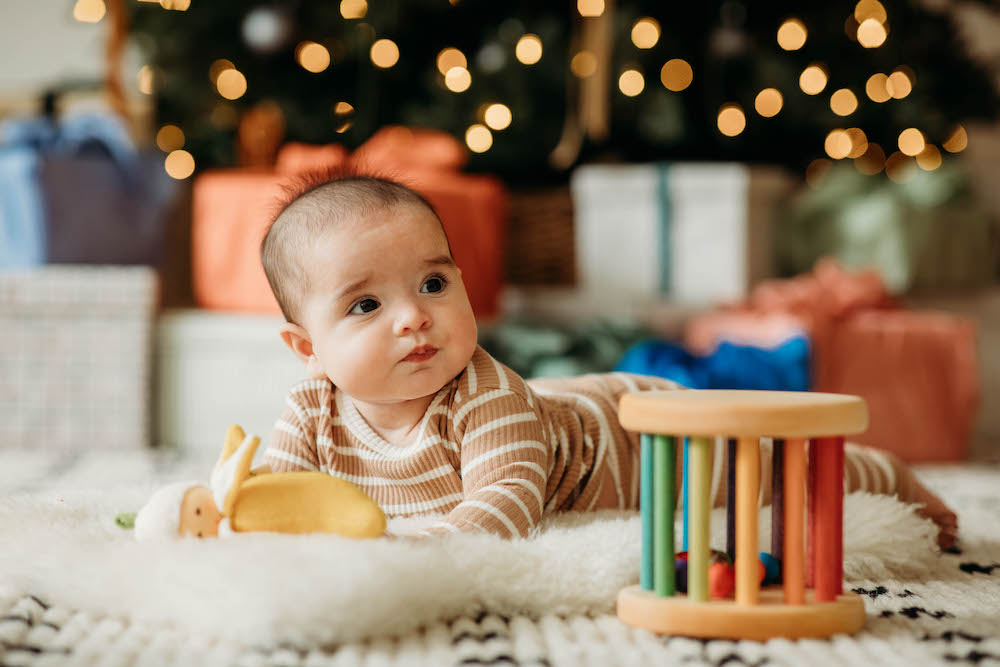
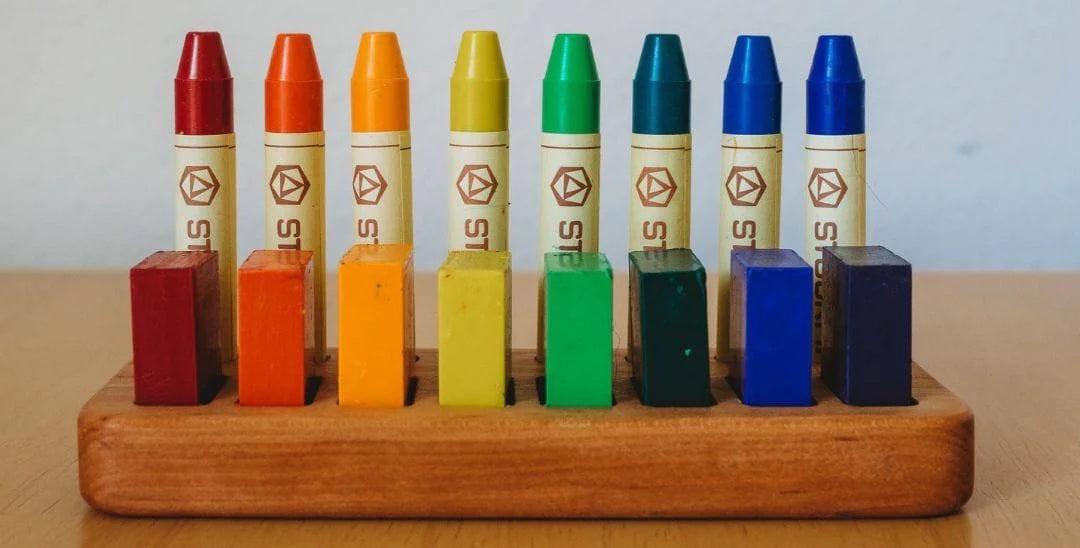
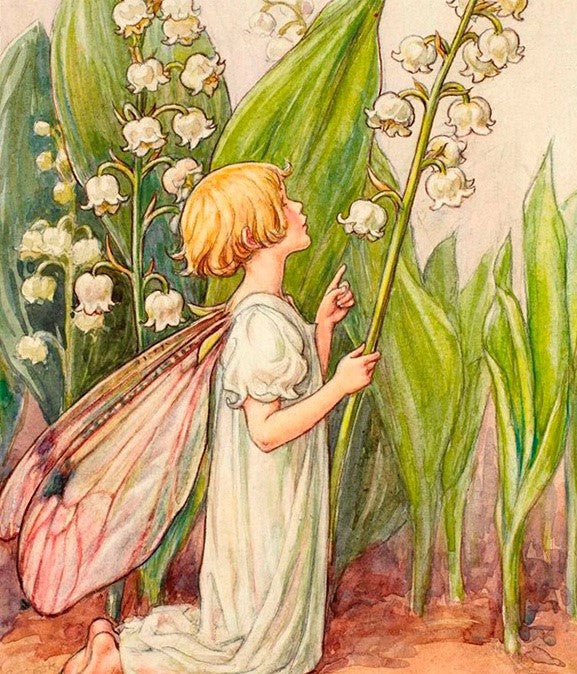
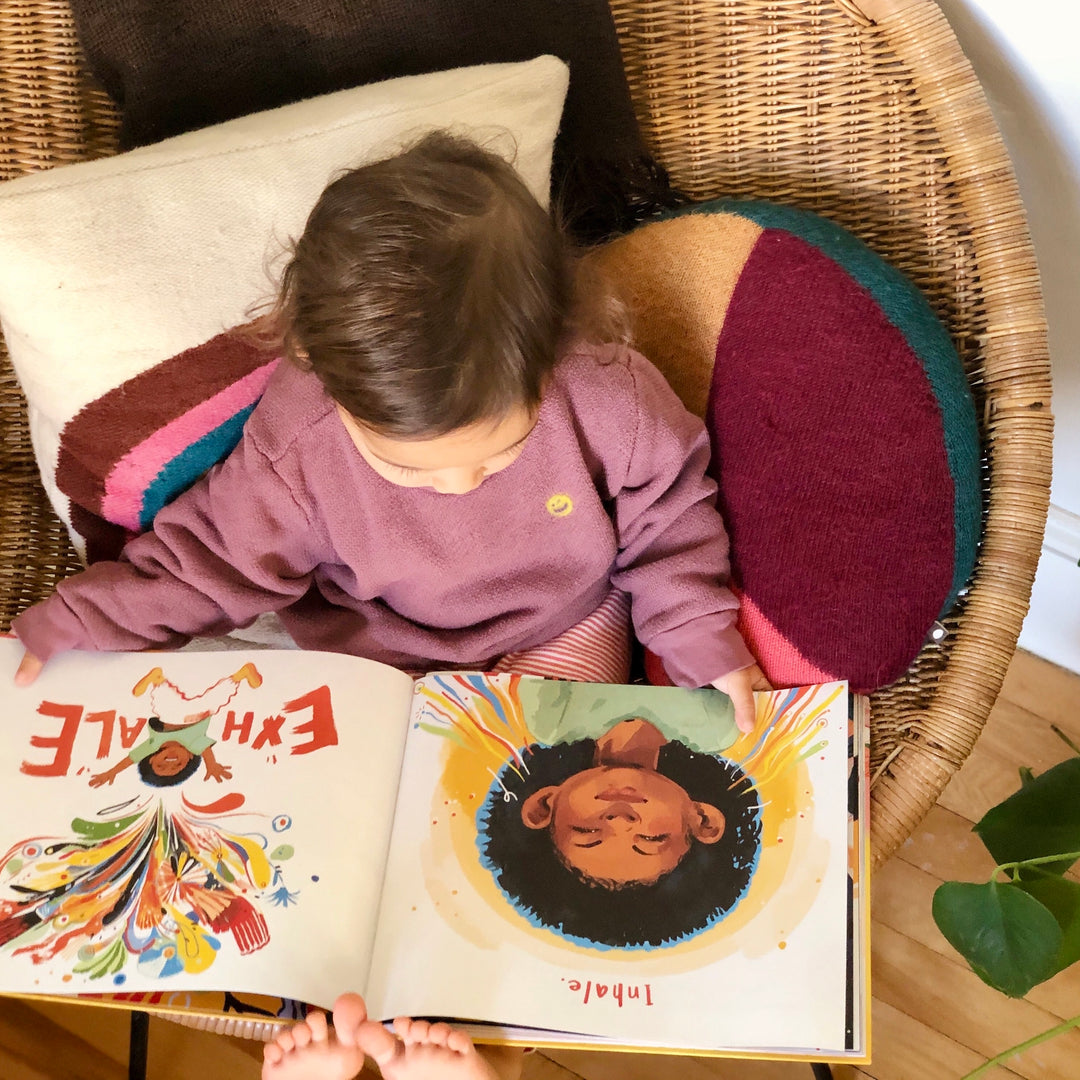
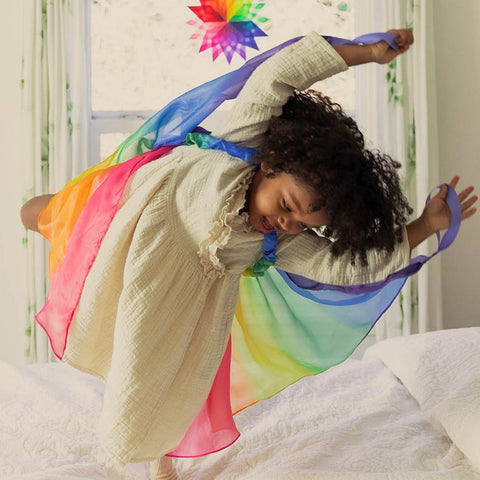
Thank you for this video! Are you still selling the tooth fairy box? I couldn’t find it on the site!
Leave a comment